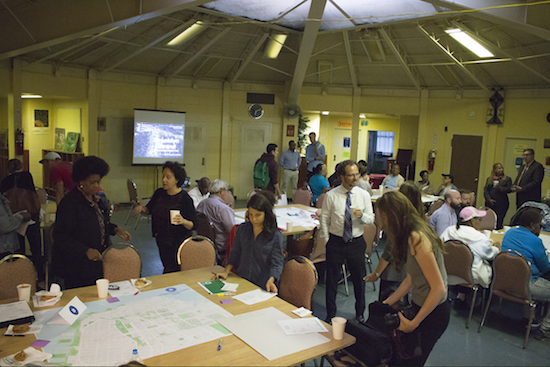Brooklyn Strand workshop gives residents a voice

Community Board 2 and the Downtown Brooklyn Partnership hosted a workshop at the Willoughby Senior Center on Monday, giving residents the chance to explain any concerns about the Brooklyn Strand.
The Brooklyn Strand is a concept that would connect the separated parks within Downtown Brooklyn into one unit using additional bike lanes, park extensions and more pedestrian areas. The idea was sparked by the Brooklyn Tech Triangle coalition last year in an effort to revitalize the Downtown area.

Brooklyn Boro
View MoreNew York City’s most populous borough, Brooklyn, is home to nearly 2.6 million residents. If Brooklyn were an independent city it would be the fourth largest city in the United States. While Brooklyn has become the epitome of ‘cool and hip’ in recent years, for those that were born here, raised families here and improved communities over the years, Brooklyn has never been ‘uncool’.